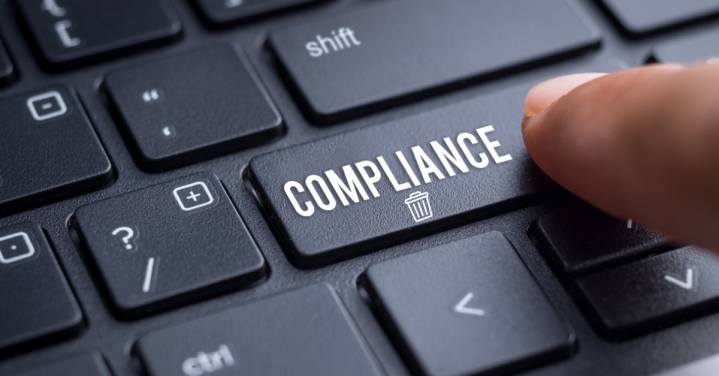



The LGPD 'Right to Erasure' is part of the new Brazilian data protection law. Similar to GDPR’s 'Right to be Forgotten', the LGPD 'Right to Erasure' allows Brazilian citizens to request their personal data be removed from organization databases.
So, if your company handles personal data of Brazilian citizens, whether you're inside or outside of Brazil, you are subject to the 'Right to Erasure'.
Here we will look at the 'Right to Erasure' section of the regulation and share 3 steps on how to implement a successful LGPD compliance strategy.
The 'Right to Erasure' is covered in articles 5, 16, and 18 of the LGPD. The regulation requires companies to delete the personal data of an individual if it has been requested, even if the data has been collected based on consent.
The 'Right to Erasure' section of the LGPD is comparable to GDPR’s 'Right to be Forgotten'. Under the LGPD, both data controllers and processors must delete the subjects’ data for free if it has been requested. It’s also compulsory that data subjects (Brazilian citizens) are informed of their right to request for their data to be erased.
In addition, the LGPD states that data must be deleted if it was processed for reasons that are excessive, unnecessary, or unlawful.
Article 16 of the LGPD includes some exemptions to the application of the 'Right to Erasure':
In addition, the LGPD, including the 'Right to Erasure', generally doesn’t apply to processing of personal information done exclusively for:
Follow these 3 steps to make sure your company or organization is ready to comply with the LGPD 'Right to Erasure'.
1. Find out where your data resides
Regardless of where your data is stored, you always have to be aware of its location. Keep track of where it’s saved, how it’s being accessed, and how it’s being shared. Having this information at hand will help you to locate the files that need to be erased much faster.
2. Put someone in charge of data protection
The LGPD requires businesses and organizations to appoint a Data Protection Officer (DPO), so make sure that you appoint someone to that role. Your DPO will serve as a link between your organization and its data subjects, which will also send a message to your customers (and compliance officers) that you are serious about protecting their data.
3. Equip the right tools
The software that you should use can be determined by the type of data that you need to erase. For example, if personal data is stored on a computer that’s no longer needed, then you should use software to completely wipe your hard drive. Alternatively, if you only have a few specific files or folders that need to be erased on an active system, then you could use a tool to wipe selected data and still continue using your computer.
Deleting files by normal means will not help your company or organization to comply with the LGPD’s ‘Right to Erasure’ requirements. That’s because information saved to a hard drive will always leave behind residual data, or data remanence. To prevent data being restored and accessed by third parties with widely available file recovery software, you should choose to wipe sensitive data and permanently erase the information. Using data wiping software to securely erase your information assets is the safest and most effective way to dispose of personal data.
Learn more about securely wiping your data by reading our ultimate guide. You can also find 3 reasons to erase and repurpose your hard drive.

Michael Waksman has been serving as CEO of Jetico since 2011, more than doubling the size of the company during his tenure. He brings more than 20 years of communications, technology and leadership experience.
At Jetico, Waksman has lead creation of the corporate identity, raising global brand awareness, building a more commercially-driven team and initiating enterprise customer relations. Jetico has maintained a wide user base throughout the U.S. Defense community, in the global compliance market and for personal privacy.
Waksman served as vice-chairman of the Cyber Group for the Association of Finnish Defense and Aerospace Industries. Recognized as a security and privacy advocate, he is a frequent speaker at international events, occasionally on behalf of the Finnish cyber security industry. In 2012, Waksman was honored with The Security Network's Chairman's Award for fostering collaboration between the United States and Finland. As dual citizen, he is a native New Yorker and has been living in the Helsinki region for over 15 years.
